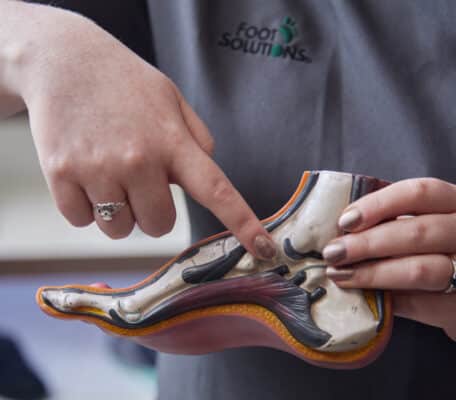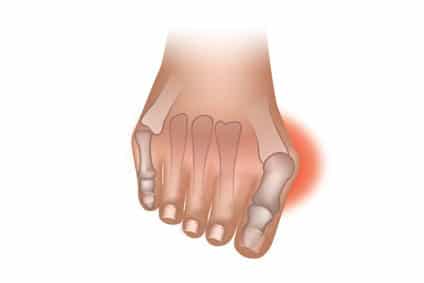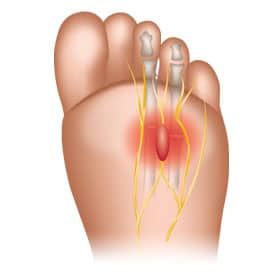If you have diabetes, you are particularly prone to developing foot problems. Foot ulcers, in particular, are a common problem experienced by diabetics. An ulcer is a sore that develops on the top layers of the skin.
It might take a long time to heal, and it is often present with inflammation. In some cases, foot ulcers can become a chronic problem that never fully heals.
Chronic foot ulcers typically develop as a result of poor circulation in the legs and feet. There are a variety of medical conditions that can lead to this, including the following:
- Venous leg ulcers — The veins in the legs don’t drain normally, which causes pressure to build. As a result, the skin breaks down, and an ulcer forms.
- Injuries – Ulcers can form as the result of a trauma or injury.
- Pressure ulcers – Ulcers can form as a result of sitting in one position for an extended period of time, such as when a person is confined to a hospital bed or wheelchair. Failing to change positions puts prolonged pressure on one area of the skin, which reduces blood flow to that area.
- Diabetes – Diabetes can cause poor circulation and a loss of sensation. Because of this loss of sensation, a patient may be unaware of pressure on the skin. As a result, pressure ulcers can develop.
- Vascular disorders – Certain vascular disorders, including atherosclerosis, can cause foot ulcers because they reduce the blood supply to the extremities.
Arterial Leg Ulcers
An arterial leg ulcer occurs when there is a lack of blood supply to the tissue, often due to arterial disease. Arterial diseases like atherosclerosis cause the arteries to narrow, which makes it difficult for the blood to circulate.
Arterial leg ulcers account for about 10% of all leg ulcers. They are often painful. The legs and feet may look white or blue and shiny, and may also feel cold.
Vascular disease, smoking, diabetes, high blood pressure, obesity, and immobility can all increase the risk of developing arterial leg ulcers. You can prevent arterial leg ulcers by making some lifestyle changes.
If you smoke cigarettes, quit. If you are overweight, lose weight. Increase your intake of fruits and vegetables, and decrease your intake of fatty foods. Exercise as much as you can.
Venous Leg Ulcers
The majority of leg ulcers – about 70% — are venous leg ulcers. These occur when the blood doesn’t drain from the veins in the legs properly. A venous ulcer causes the leg to look swollen.
The skin around the ulcer will look dry, itchy, and brown. If the area is very swollen, the skin may look smooth and shiny. The ulcer may look raw, but usually does not cause pain unless it becomes infected.
If you have a venous disease or there is a family history of venous disease, you are more likely to develop a venous ulcer. Additional factors, like trauma or injury, surgery, blood clot, and pregnancy can also increase your risk of developing a venous ulcer.
Foot Ulcers Treatment
You can decrease your risk of developing a venous ulcer by taking the usual steps; lose weight, eat right, and exercise. Also, stretch your feet frequently, and don’t sit with your legs crossed.
If you already have foot ulcers, you will usually be under the care of a medical professional. However – once the ulcer has fully healed, you can help to take care of your feet by wearing supportive shoes and using orthotics, or customized shoe inserts. If you are at risk for developing ulcers, & you want to prevent that happening to your feet, then it is important to start by wearing the proper footwear & appropriate support. Visit Foot Solutions UK to learn more about how you can protect your feet from ulcers. Call into one of our stores to see our full range of products today.










